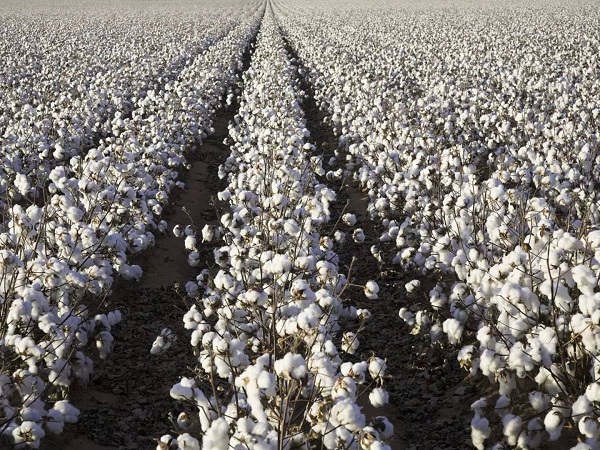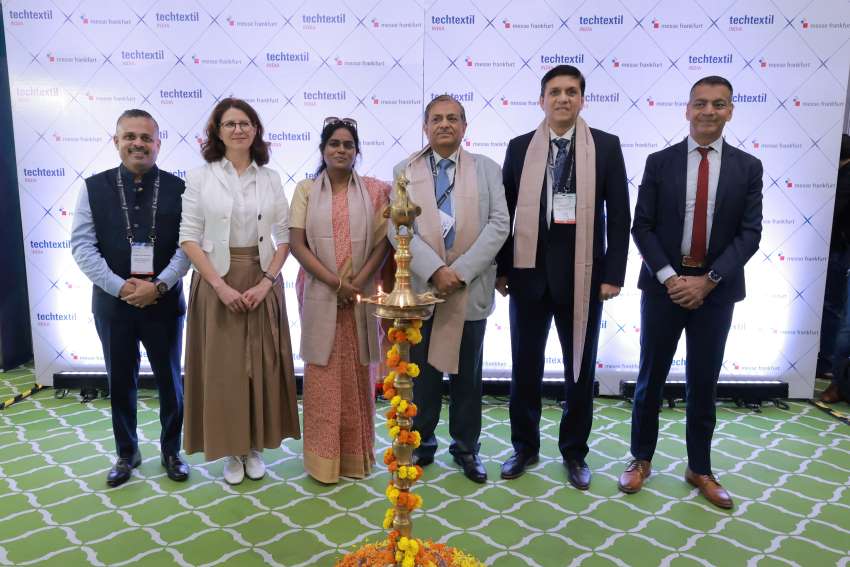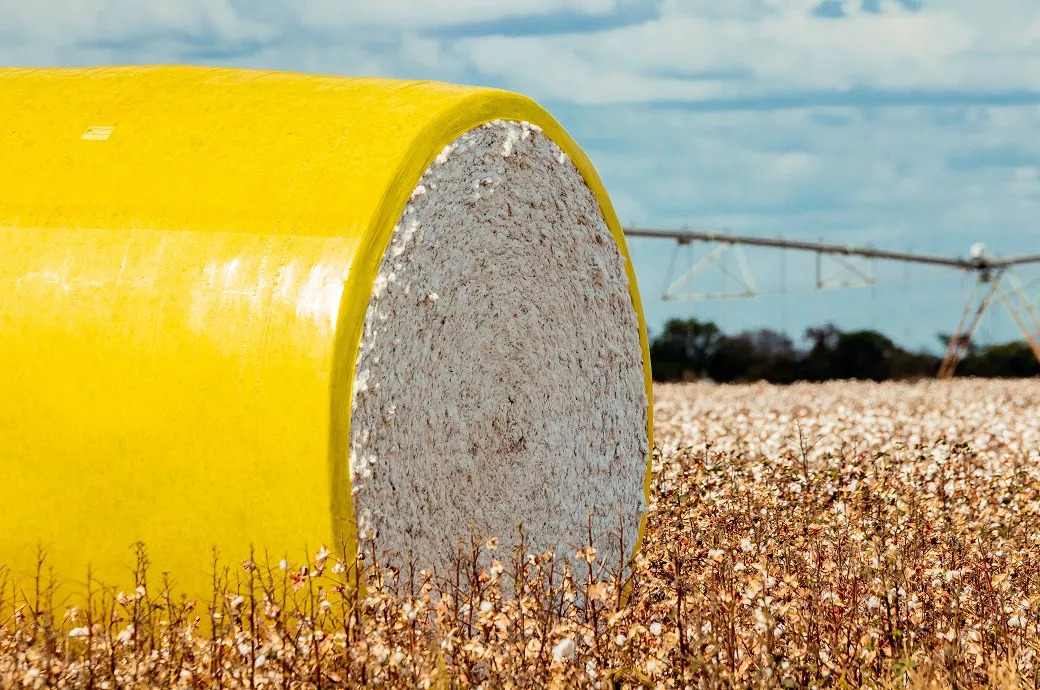
One of the region’s top employers, Asian garment makers are h facing mounting losses for some time with some small units even suspending operations, rendering thousands of workers jobless. Yet to recover from the sharp rise in freight and fuel prices, garment makers in Asia have been further hit by a spike in cotton prices with their global customers refusing to absorb the price rise.
A few garment manufacturers are replacing cotton with cheaper synthetic fabrics to sustain operations. They factories are running at full capacity but without profits, says Siddiqur Rahman, Managing Director, Sterling Group, a Dhaka-based supplier to H&M and Gap.
Global cotton prices surge
Garment makers woes have aggravated due to the uncertain demand outlook from Europe amid the Russia-Ukraine war, says a International Business Times report. Struggling to fulfill orders from the last three months, small apparel makers in India have stopped taking new orders, explains Ashok Juneja, President, Textile Association of India. They are struggling to fulfill orders from the last three months as cotton prices have more than doubled in a year after rains hit harvest.
Reaching their highest levels since 2011, global cotton prices rose 70 per cent in May with further increases predicted amid damaged crop due to a draught in the US, and higher demand from China with the easing of COVID curbs. With buyers refusing to raise prices, garment makers face uncertain summer demand, especially in Europe, adds Ravi Sam, Managing Director, Adwaith Textiles, an Indian exporter. Spinning mills in Southern India have stopped producing yarn and procuring raw cotton, says the South India Spinners Association.
Synthetic fibers over raw cotton
Asian garment makers are currently facing stifled demand amid China’s COVID-curbs and higher fuel prices. A four-fold increase in shipping costs from pre-pandemic levels and the refusal of global brands to absorb these costs is adding to their woes, notes Rahman.
To cut costs, a few mills are opting for synthetic fibres over raw cotton. They are increasing the ratio of polyester in their spinning mills, adds Rogers Varner, President, Varner Brokerage. However, manufacturers are bound by contractual commitments to use certain types of fabrics and cannot swap so easily, says Louis Barbera, Partner and Analyst, VLM Commodities.
Analysts predict, cotton cost may not ease soon as they continued to rise even amid strict lockdowns in China, and are expected to rise as the country resumes purchases. The industry uses about 400,000 tons of Xinjiang cotton every month, half of year-ago levels, the trader added. However, the lockdowns in China are triggering demand to spike. The hot weather in Texas is also helping cotton producers boost prices, adds Barbera. A time may come when people may stop buying cotton, warns Keith Brown, Principal, Keith Brown and Co.












